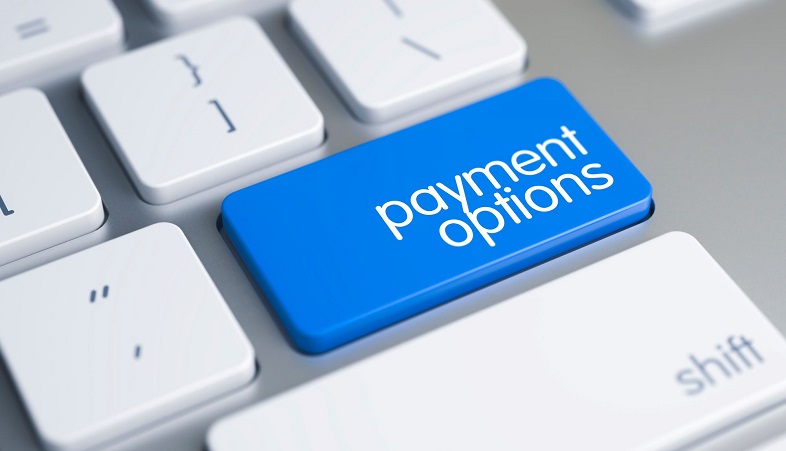A business’s success depends significantly on its operations’ efficiency, with payment processing being a central aspect. Payment streamlining, which simplifies the methods and systems used for transactions, is crucial in enhancing this efficiency. Its impact resonates across a business, influencing everything from daily operations to customer satisfaction and, ultimately, the bottom line.

This discussion explores payment streamlining in-depth, focusing on the practices businesses should adopt or avoid. These insights, summarized as the dos and don’ts of payment streamlining, offer a comprehensive guide for businesses striving to enhance their efficiency and success in the contemporary marketplace.
The Dos Of Payment Streamlining
Creating an efficient and effective payment process requires adopting certain beneficial practices. Here are the strategies businesses should incorporate for a smoother and more efficient transaction process.
- Integrating Seamless Payment Solutions
User-friendly transactions can be a lifeline for your payment solutions. A seamless payment solution encourages customers to complete their purchases and motivates return business. Numerous payment systems offer easy-to-use interfaces and simple transaction processes.
They provide quick and uncomplicated transactions, ensuring a positive user experience. You can easily embed these systems into your site or software to unlock new income streams. For example, you can start earning revenue as a payfac, with Exact Payments while delivering exceptional customer service.
- Adopting Automation
In today’s fast-paced world, automation is crucial in streamlining payment. The era of manual payment processing, which is time-consuming and prone to errors, is gradually being phased out. Instead, automated payment systems are gaining prominence due to their efficiency and accuracy.

Automation tools vary widely in their functionalities, from simple payment scheduling to sophisticated data analytics. You can automate invoicing, receipt generation, and periodic payments, contributing significantly to a streamlined payment process.
- Ensuring Secure Transactions
In the realm of digital transactions, security is paramount. Ensuring secure transactions is the cornerstone of a reliable payment process, strengthening customer trust and business reputation.
Security can be enhanced in numerous ways. Two-factor authentication, data encryption, and secure sockets layer (SSL) are just a few techniques businesses can adopt. Utilizing security software and consulting with cybersecurity experts can further bolster transaction security.
- Offering Multiple Payment Methods
Just as consumer behavior is dynamic and diverse, so too should be the payment methods offered. By presenting customers with various payment options, businesses cater to individual preferences, thus enhancing customer satisfaction.
Popular payment methods that businesses could consider include credit and debit cards, electronic wallets, bank transfers, and even cryptocurrency payments. By offering multiple payment options, businesses demonstrate flexibility and make it easier to pay, which are critical aspects of business success.
- Regular Monitoring And Auditing
No system is flawless. Therefore, regular monitoring and auditing form an essential part of payment streamlining. These processes identify potential issues, allowing for timely rectification and prevention of more significant problems.
Monitoring techniques vary from manual review to the use of specialized software. Similarly, regular audits can be performed in-house or by external entities, ensuring adherence to best practices and legal requirements.
The Don’ts Of Payment Streamlining
While it’s essential to incorporate beneficial practices, it’s equally important to avoid potential pitfalls. They include:
- Over-Complication
While striving for efficiency, businesses should avoid over-complicating their payment systems. Complexity could deter customers, affecting business-customer relationships and, consequently, sales.
To maintain simplicity, businesses should use intuitive interfaces and provide clear instructions for payment procedures. Furthermore, unnecessary steps should be eliminated from the payment process, enhancing customer ease and satisfaction.
- Neglecting Customer Experience
A cardinal rule in payment streamlining is to pay attention to customer satisfaction. A tedious payment process can overshadow even the best products and services, leading to abandoned carts and losing potential customers.
Businesses should seek regular feedback and invest in user-experience design to ensure a positive user experience. Additionally, providing customer support during transactions can resolve issues promptly, leading to happier customers.
- Ignoring Compliance Issues
Businesses operate within a regulatory framework and should adhere to local laws and regulations. Ignoring these regulations can lead to legal complications and even severe penalties.
Staying compliant requires businesses to know relevant regulations that guide accepting, storing, or transmitting payments and payment information. Regular consultation with legal experts and subscribing to legal update notifications can help businesses stay on the right side of the law.
- Overlooking Regular System Updates
The fast-evolving digital landscape necessitates regular system updates. An outdated payment system increases the risk of security breaches and hampers customer experience.
Strategies for managing updates include setting automatic updates and maintaining a regular schedule. It’s also beneficial to subscribe to update notifications from payment solution providers to stay current.
Conclusion
Effective payment streamlining depends on automation, secure transactions, diverse payment methods, seamless solutions, and regular monitoring. Conversely, businesses should avoid over-complication, neglecting user experience, overlooking updates, and ignoring regulations. Adopting these practices can significantly boost business efficiency, promoting growth and success in the competitive business landscape.

